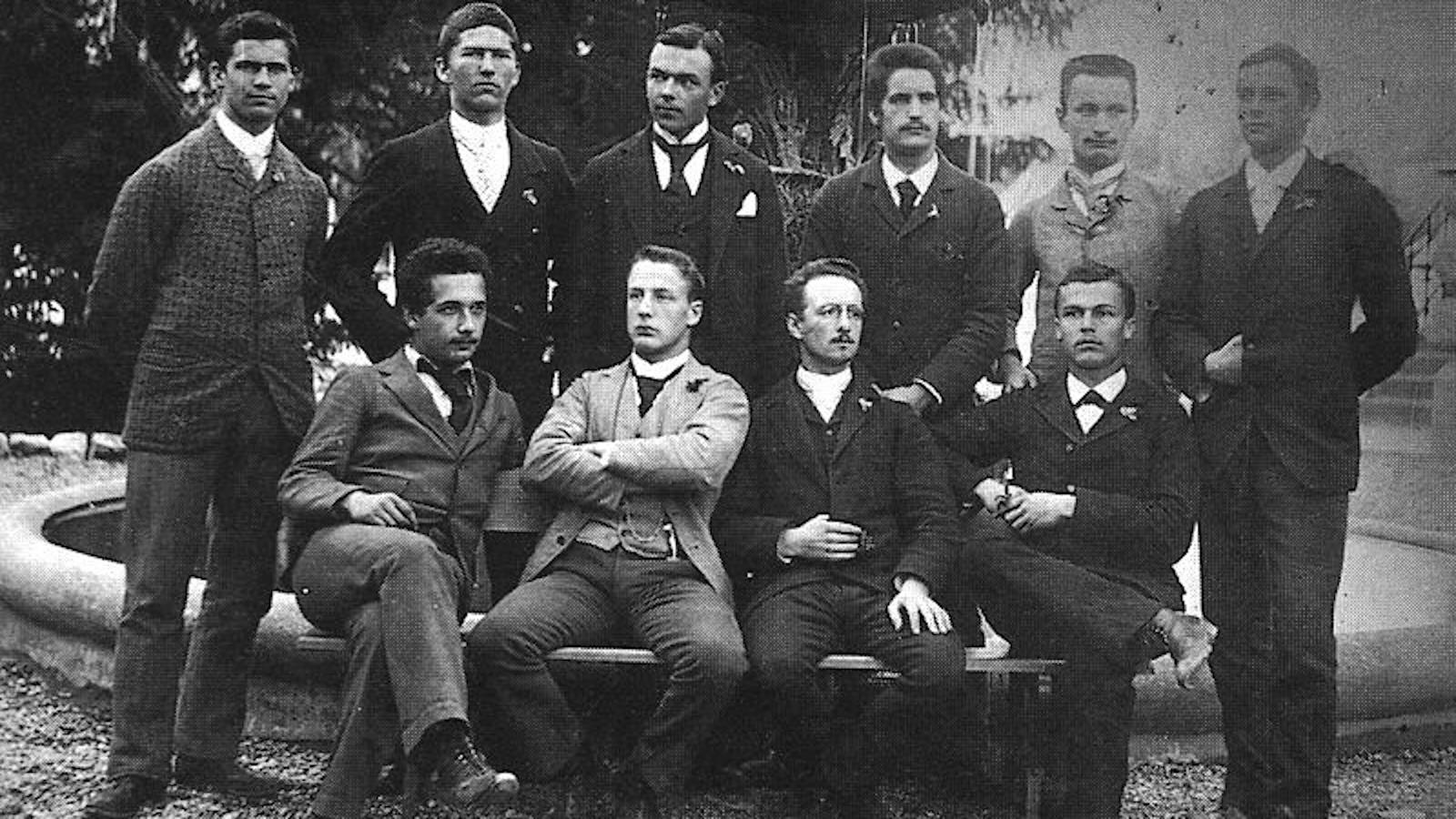A 4-step method for problem solving, inspired by Sherlock Holmes

The way in which Sir Arthur Conan Doyle’s fictional detective Sherlock Holmes solves even the most challenging of mysteries is more than just dazzling fun. In fact, says Maria Konnikova, author of Mastermind: How to Think Like Sherlock Holmes, Holmes’ method is a textbook example of the scientific thought process. In her Big Think+ video, “How to Think Like Sherlock Holmes: The Scientific Method of the Mind,” Konnikova explains how to put the canny detective’s tricks to use in your own work and life.
The mind as an attic
In working out a problem, says Konnikova, Holmes treat his mind as a bit like an attic — maybe the one above 21 Baker Street? — a room of finite space. For him, the key is carefully organizing the clues he gathers. It’s a question of, “How do I organize them so that there are connections between them,” says Konnikova. The point is to arrange them “so I can see the bigger picture and not just these random components that I put there.” The sleuth does this by employing a four-step process.
1. Identify your research question
At the start of a case, Holmes defines his goal by carefully identifying the question he’s trying to answer, or the hypothesis he wants to test. This establishes a filter for the questions he’ll ask of the victim or witnesses, “to take in certain inputs and to not allow other inputs in,” as Konnikova puts it. The human attention span is limited, and “we can’t pay attention to everything.”
2. Design your research method
With a hypothesis in hand, the sleuth devises a way of testing it. He figures out the type of data he’ll need to confirm or refute it, and where he can collect it.
3. Take a step back to reconsider
This is where Holmes’ brilliant imagination comes out to play, even though “people tend to forget [imagination] when they think about the scientific method.”
Creatively re-combining known factors is what “every great scientist does and, I think, mediocre scientists probably do not,” asserts Konnikova. The investigator steps back and re-engages with the collected data to see if new connections can be made. Does it suggest previously unconsidered possibilities? Is there some entirely new way to see how it all adds up?
4. Re-evaluate your approach
Finally, Konnikova says, the canny sleuth re-appraises the process so far, asking of himself, “Have I framed the question properly? Have I accomplished my goal? Or do I need to start over?” Oftentimes one does. “It’s an interactive process,” says Konnikova, and repeating the four steps again and again is sometimes the only way to finally arrive at a satisfactory conclusion.
For Holmes, this repetition is also form of continual re-education that keeps his mind open and his faculties sharp. It’s an effective tool for anyone wanting to be a better scientist. Or detective.




